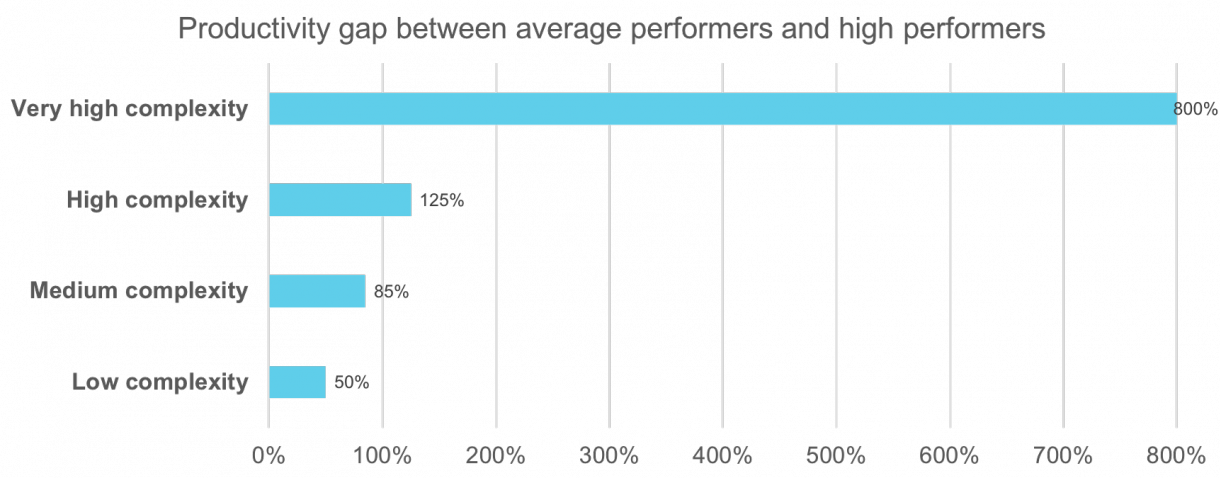The attractive organization of tomorrow
The war for talent
Labor shortages, skill needs, recruiting difficulties, market competition; over the years many names have been given to organizations’ difficulties with adding talent. Twenty years ago McKinsey published ”The War for Talent” painting a dark picture of an approaching talent crisis. A prestigious brand is often not enough, talent is attracted by company benefits, wages, as well as complex and varying tasks. All of these must be present in order for an organization to become an attractive employer. But what does it really mean to be attractive and is it always in the organization’s best interests to sell oneself in order to attract “best in class” talent?
No man is an island
Management theory and society largely focus on the great visionaries, the outliers. Who doesn’t want to recruit the next Zlatan of accounting? In our pursuit of a golden goose it is easy to forget the role that environment plays in the visionaries’ greatness. Strategy that builds on lone geniuses are seldom fruitful in the long-run. Resources are better invested in creating cohesive teams where the whole is greater than the sum of its parts.
Talent at the right place creates wonders
What is the true value of talent? The more complex the task, the more talent shines. For complex tasks, a top performer can be as much as nine times more effective as an average employee. For tasks that can be described by middle to low complexity the gap is much smaller. On average, above average skills in logic and math are important for an organization working on improving its algorithms.

The difference in productivity between average and top performers. The productivity-gap becomes greater and more important the more complex the task is. Source: McKinsey Global Survey: War for Talent 2000, updated 2012.
The democratization of knowledge has been a vital catalyst for creating talent throughout the entire population, not just in the upper and middle classes. An organization needs to strengthen its teams while simultaneously recruiting talent. But what is the key to success?
The talent cake

The talent cake’s three layers illustrate a company’s ability to attract talent. Culture is the foundation on which a company builds its attractiveness. With a strong culture in place, the organization’s pull on required competence increases. Its competence is the final piece in not only attracting talent, but also retaining it. Once the cake is complete, we can add the illuminating candles as the cherry on top. The candles are a company’s expertise, shining brightly but relying on a stable cake underneath it.
Attracting, retaining, and nurturing talent is similar to baking a cake. As any cook book will tell you, start with the bottom layer first. Culture in an organization is what establishes expectations between employees, management, and customers. It is important to be honest when communicating what the organization’s culture is and how different people will fit in.
The next layer is the company’s attractiveness. In Kairos Future’s study Framtidens attraktionskraft (Tomorrow’s Attractiveness), unique insights into what gets young citizens to want to stay at a workplace and what gets them to apply for a job were provided. The conclusions that Kairos Future arrived at were that “hard” values such as job security, hours, management style, and sense of meaning were vital to get young citizens to apply. What retains young talent however are “soft” values: atmosphere, affirmation, an employer that fully utilizes the individual’s skills, and a harmony between the company’s and the individual’s values. This is where loyalty is born.
The top layer symbolizes the skills, knowledge, and insights that drive a company’s top-line. The unique expertise are the candles shimmering on top of the cake. The three layers are held together by compassion and good intentions, together building an attractive organization cake. Bottom line, being an attractive organization comes down to creating a harmony between values and leadership. Investing in recruiting top talent is a smart decision, but only if the entire cake is assembled first!
